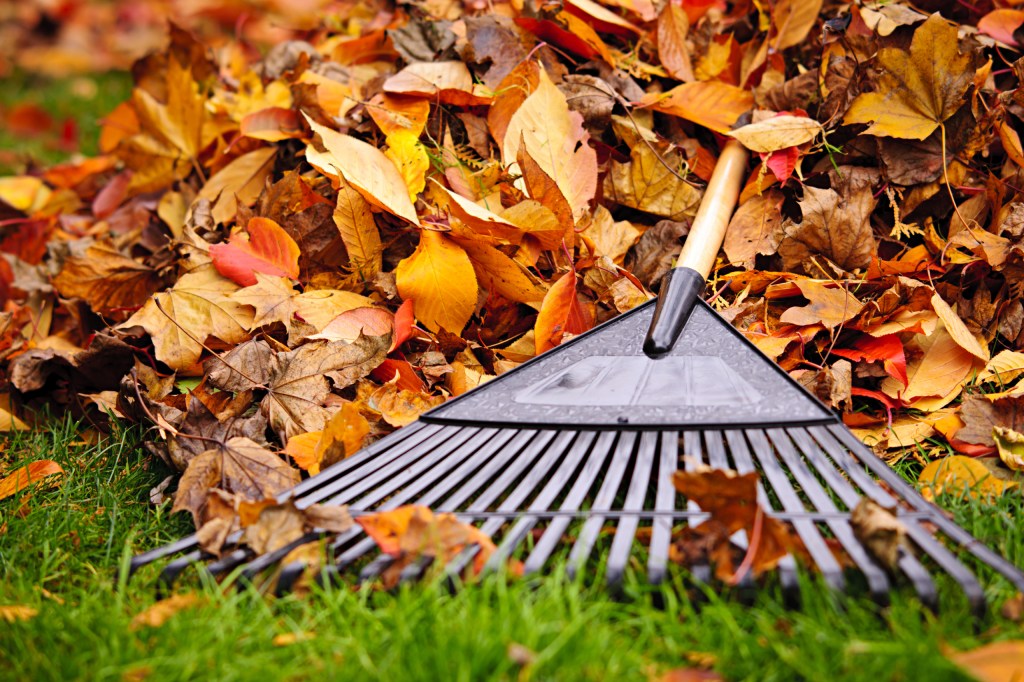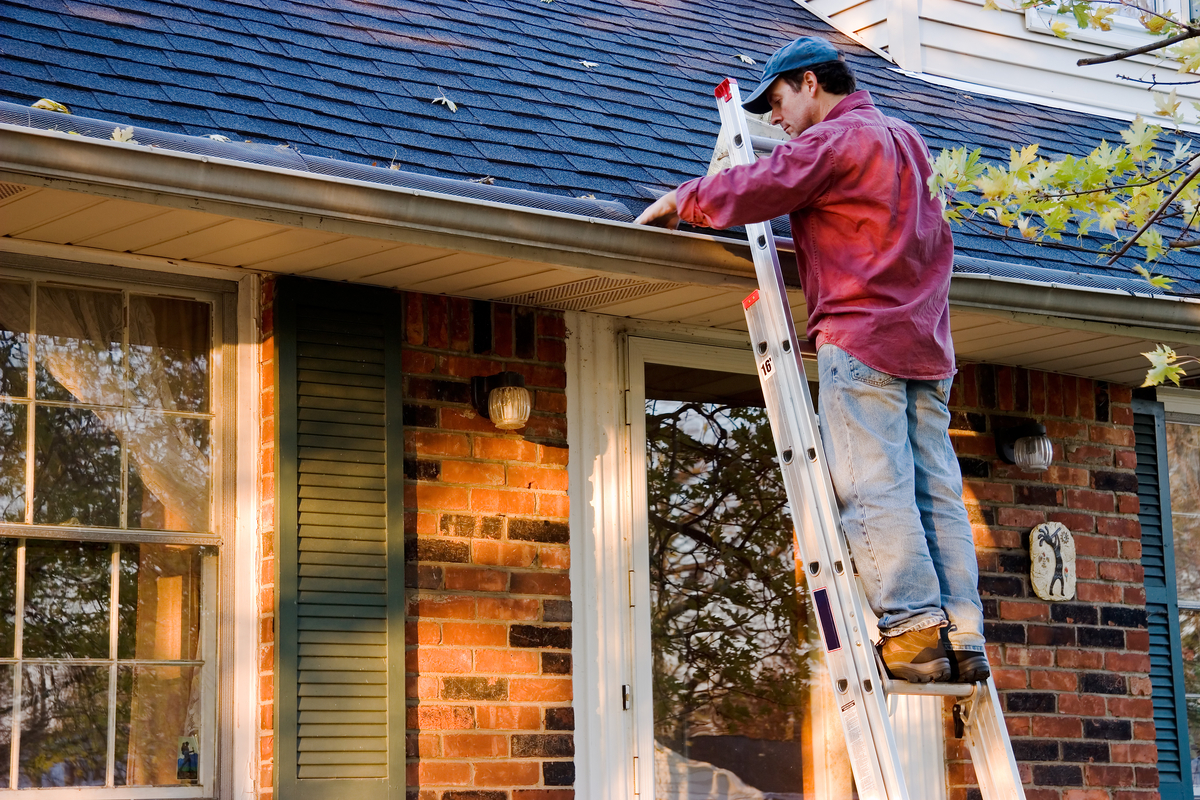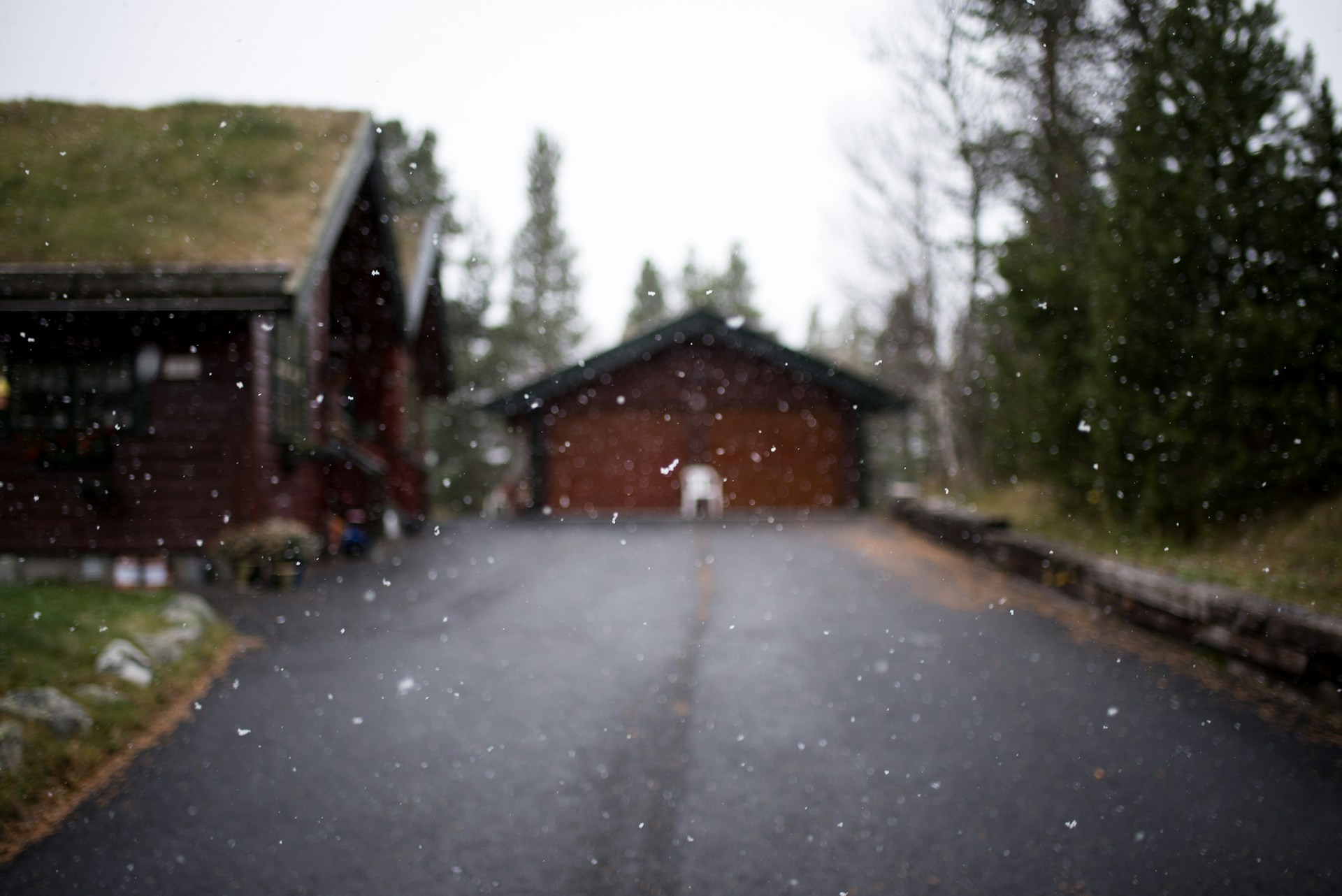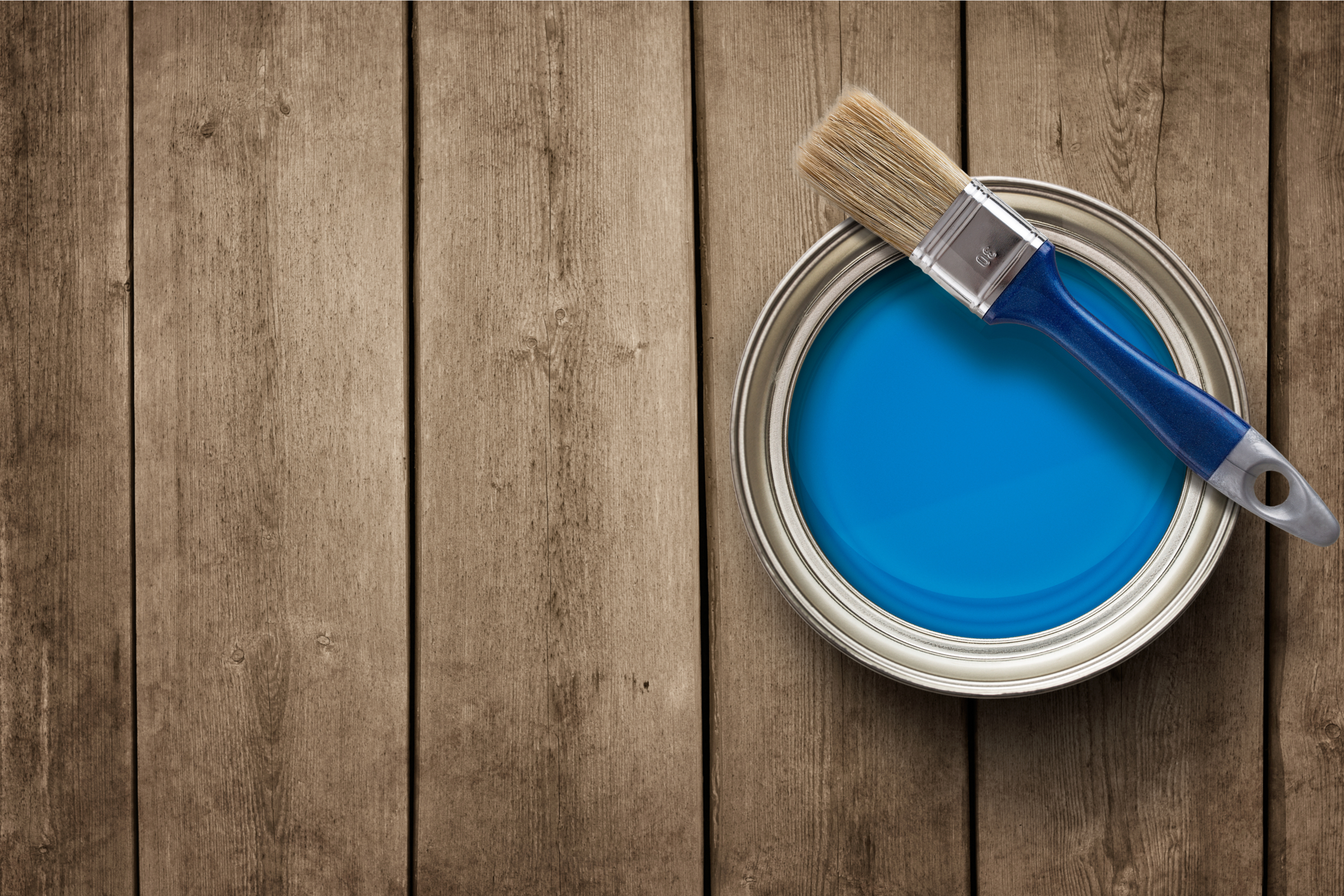
October is the prime time for home maintenance. Fall is the best season to prepare your home and landscape for the upcoming change in weather and ensure your family stays cozy through the colder months. This October home maintenance checklist has all the weekend DIY projects for fall you need to know about, and it will help you focus on the right tasks. Wrap up the gardening and lawn care season so your house can withstand the winter.

Why is October home maintenance important?
Following a fall home maintenance checklist is a proactive defense against a host of potential issues that could arise when the coldest weather hits. These issues could disrupt your home’s functionality, safety, and value. By taking proactive steps during this season, you can prevent:
- Moisture intrusion and ice buildup
- Energy inefficiency and heat leakage
- Roof leaks
- Gutter clogs
- Furnace breakdowns
- Chimney fires
- Pest infestations
- Overgrown landscaping
We’ve broken down your October home maintenance checklist into five different areas of focus so you can tackle all the projects swiftly and easily. Embrace the following tasks as essential investments in the long-term well-being of your property, the comfort of your home, and the peace of mind of your family.

1. Landscape and garden checklist
As the first frost arrives and the leaves change to ruby and golden hues, you should start winterizing your lawn to prepare it for the dormant season.
- Continue mowing the grass as often as necessary until it stops growing. When the first few leaves begin to fall, don’t rake them just yet. Instead, mow them into the lawn for an added boost of organic plant food.
- Rake leaves only when there are too many to mow into the lawn. Even then, avoid bagging and dumping them if possible. There are lots of ways that fallen leaves can benefit your yard or garden. For example, add them to your compost pile.
- Aerate, fertilize, and overseed cool-season grass early in the month.
- Inspect the yard after a storm. If there are low areas where water pools, channel the water away or fill in the low spot.
- Plant trees and shrubs. The roots of trees and shrubs will continue to grow even after the leaves fall, so if you plant them in the fall they’ll emerge ready to grow next spring.
- Clean and store the outdoor furniture in a cool, dry place.
- Turn off and drain the lawn sprinkler system before freezing weather arrives.
- Shut off the water supply to exterior faucets, then drain and store garden hoses.

2. House exterior checklist
Take time during the moderate autumn weather to thoroughly inspect the exterior of your home and address any maintenance issues before the snow begins to fall.
- Clean the gutters and downspouts as often as needed to keep rainwater flowing freely. Falling leaves collect in rain gutters and clog downspouts where they can damage your home or attract unwanted pests.
- Inspect the roof ridge and check vents for damage and debris. Clean and repair them if necessary to keep animals out of your attic.
- Inspect siding, trim, soffits, and fascia boards for holes or gaps. Use caulk or wire mesh to seal gaps where critters and cold air could enter.

3. Energy conservation checklist
Heating and cooling are major monthly costs that you can cut down by inspecting your home in the spring and fall.
- Inspect all windows, doors, and trim to make sure they seal properly and there are no gaps. Add weather stripping and caulk wherever needed and consider insulating windows for cold weather.
- Replace window screens with storm windows if your home is equipped with them.
- Remove window air conditioning units if you use them, and close the window. Alternatively, place a winter cover on the unit when you stop using it for the year.
- Schedule an HVAC system annual preventative maintenance service. This is particularly important if you didn’t do it in the spring. The technician will check thermostat calibration, lubricate all moving parts, inspect and tighten electrical connections, test system controls, check burner combustion, inspect the heat exchanger, check gas connections, clean system components, and change the air filter.
- Complete a cursory HVAC inspection yourself if you had a professional HVAC service in spring. Look through the ductwork for holes or misaligned connections, change the batteries in your thermostat, and test the furnace to make sure it kicks on and runs normally. Change HVAC filters monthly.

4. Safety checklist
October is Fire Safety Month, so be aware of the common causes of house fires such as faulty heating equipment. In addition to keeping your HVAC in good working order, take a look at safety devices and plans.
- Test smoke alarms monthly and change the batteries annually.
- Ensure fire extinguishers are operational. Check that they’re accessible, charged, and in good physical condition.
- Inspect and clean out lint buildup from the clothes dryer and dryer vent hose.
- If you have a wood-burning fireplace or woodstove, remove soot buildup, bird nests, and other fire hazards from the chimney. Consider hiring a professional chimney sweep for this dirty job.
- Check the damper and flue for a good seal.

5. Cold climate preparation
Those in colder climates need to prepare for a long cold winter, so you may need to invest in some special supplies and equipment.
- Check walkways, railings, stairs, and the driveway for winter safety hazards. Repair buckling boards, heaving pavement, and cracked concrete before they become covered with ice and snow.
- Stock up on winter supplies ahead of the first freeze. Buy your sidewalk de-icer or grit and treat stored gasoline with a fuel stabilizer to keep it in good condition.
- Make sure your ice scrapers, snow shovels, and other snow removal tools are in good condition and buy spares if you’re not quite sure. Fire up the snow blower to make sure it’s working well.
Taking care of your property inside and out is an essential part of being a homeowner. With this October home maintenance checklist, your house will be ready for winter.



